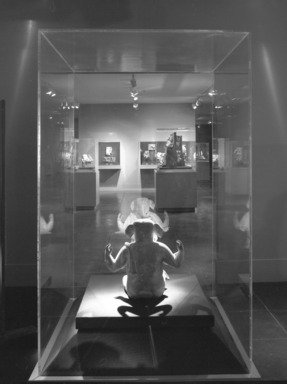

From Indian Earth: 4,000 Years of Terracotta Art, January 17, 1986 through April 14, 1986 (Image: PHO_E1986i001.jpg Brooklyn Museum photograph, 1986)

From Indian Earth: 4,000 Years of Terracotta Art, January 17, 1986 through April 14, 1986 (Image: PHO_E1986i002.jpg Brooklyn Museum photograph, 1986)

From Indian Earth: 4,000 Years of Terracotta Art, January 17, 1986 through April 14, 1986 (Image: PHO_E1986i003.jpg Brooklyn Museum photograph, 1986)
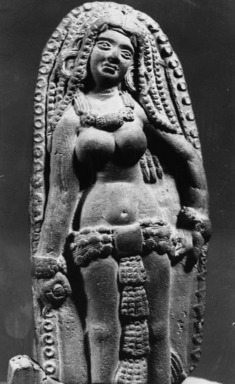
From Indian Earth: 4,000 Years of Terracotta Art, January 17, 1986 through April 14, 1986 (Image: PHO_E1986i004.jpg Brooklyn Museum photograph, 1986)
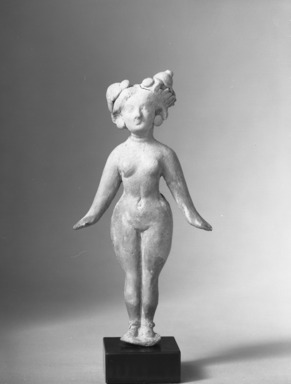
From Indian Earth: 4,000 Years of Terracotta Art, January 17, 1986 through April 14, 1986 (Image: PHO_E1986i005.jpg Brooklyn Museum photograph, 1986)
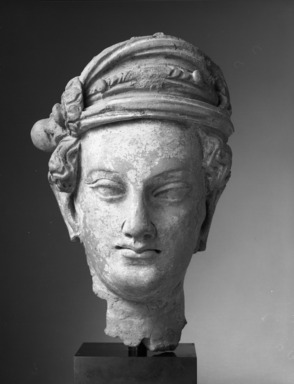
From Indian Earth: 4,000 Years of Terracotta Art, January 17, 1986 through April 14, 1986 (Image: PHO_E1986i006.jpg Brooklyn Museum photograph, 1986)
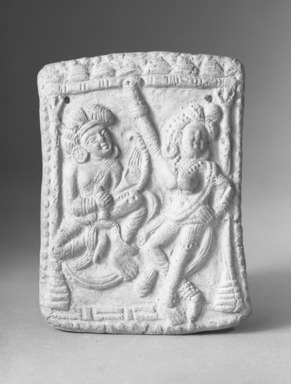
From Indian Earth: 4,000 Years of Terracotta Art, January 17, 1986 through April 14, 1986 (Image: PHO_E1986i007.jpg Brooklyn Museum photograph, 1986)
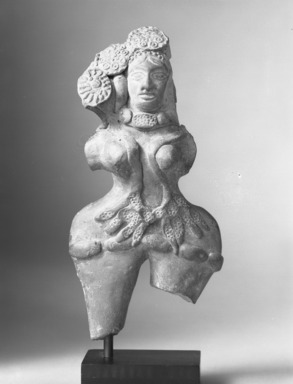
From Indian Earth: 4,000 Years of Terracotta Art, January 17, 1986 through April 14, 1986 (Image: PHO_E1986i008.jpg Brooklyn Museum photograph, 1986)

From Indian Earth: 4,000 Years of Terracotta Art, January 17, 1986 through April 14, 1986 (Image: PHO_E1986i009.jpg Brooklyn Museum photograph, 1986)
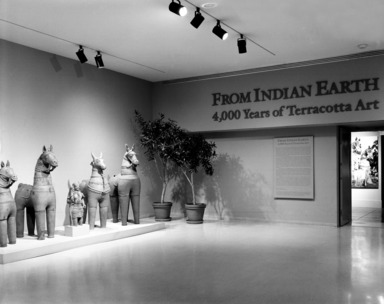
From Indian Earth: 4,000 Years of Terracotta Art, January 17, 1986 through April 14, 1986 (Image: PHO_E1986i010_SL3.jpg Brooklyn Museum photograph, 1986)
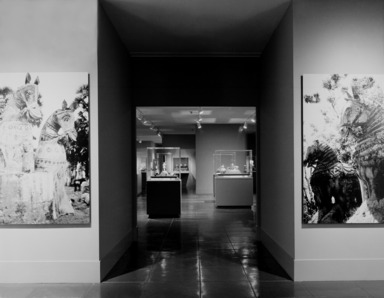
From Indian Earth: 4,000 Years of Terracotta Art, January 17, 1986 through April 14, 1986 (Image: PHO_E1986i011_SL3.jpg Brooklyn Museum photograph, 1986)

From Indian Earth: 4,000 Years of Terracotta Art, January 17, 1986 through April 14, 1986 (Image: PHO_E1986i012.jpg Brooklyn Museum photograph, 1986)
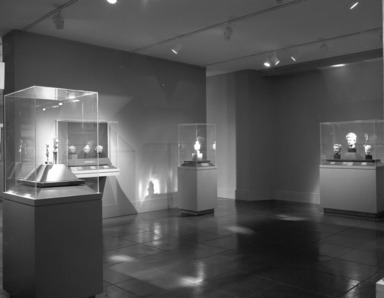
From Indian Earth: 4,000 Years of Terracotta Art, January 17, 1986 through April 14, 1986 (Image: PHO_E1986i013.jpg Brooklyn Museum photograph, 1986)
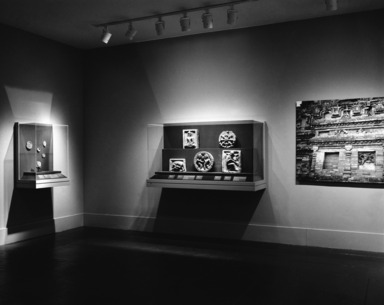
From Indian Earth: 4,000 Years of Terracotta Art, January 17, 1986 through April 14, 1986 (Image: PHO_E1986i014_SL3.jpg Brooklyn Museum photograph, 1986)
From Indian Earth: 4,000 Years of Terracotta Art
-
January 17, 1986
From lndian Earth: 4,000 Years of Terracotta Art, an exhibition bringing together more than 130 sculptures in terracotta from the third millennium. B.C. to the present, will open at The Brooklyn Museum on January 17, 1986. In the Oriental Art Galleries on the second floor and will be on view through April 14. It is part of the eighteen-month-long Festival of India in the United States, 1985-86, which has been organized by institutions in ninety cities across the country.
Rare examples from antiquity, many recently excavated end being shown in the United States for the first time, will be juxtaposed in the exhibition with more modern terracottas to demonstrate the continuing vitality of this art form throughout India’s history and to invite historical and stylistic comparisons. The objects range from miniature to life-size and show the variety of styles and functions and the richness of expression in the regional traditions inherent in Indian terracotta art traditions still practiced in India today. Sixty of the pieces in From Indian Earth will be on loan from Indian collections; the rest have been selected from public and private collections in the United States and Europe, including the Museum’s own outstanding collection of terracottas begun in 1904 by the pioneering Brooklyn Museum curator Stewart Culin. The exhibition will be shown only at The Brooklyn Museum. On the first floor, the Curator’s Choice exhibition Ancient Sculptures in Clay and a special display of the monumental Ayyanar animal and guardian figures from Tamil Nadu, which are on loan from the Arthur M. Sackler Gallery, Smithsonian Institution, will complement the exhibition.
Terracotta sculpture was made throughout India--in the Indus and Ganges river valleys in the north, Rajasthan to the west, and the Deccan Plateau, Karnataka, and Tamil Nadu to the south. However, because the quality of the soil of the Indus and Ganges regions was especially suited to the production of these clay objects, the greatest quantity of ancient terracottas has been found there. In fact, From Indian Earth will include several pieces from an important excavation conducted from 1935 to 1931 at Chanhu-Daro, an Indus Valley site from the third millennium B.C., which were acquired for the Museum with the help of Ananda K. Coomaraswamy, the early twentieth century’s most fanus and influential scholar of Indian art.
The terracotta figurine stands out in the history of Indian art as the only type of object that has a continuous archaeological record from the sixth century B.C. Numerous terracottas have survived from the formative period of Indian art, circa 2300 B.C , a period of which our knowledge is otherwise fragmentary. In later periods, where the record is more complete, we find the development of terracotta art and that of other art forms are not always parallel. Unlike stone and bronze, clay is abundant, inexpensive, and easily modeled. Terracotta artists have therefore had, on the one hand, greater liberty to improvise and experiment and, on the other, greater ability to focus on the everyday facets of Indian life.
The sculptures they produced combine a high degree of technical expertise with considerable artistic inspiration, and the diverse range of cultural patterns and ideas they embody are frequently liberated from the usual stylistic and iconographic conventions. Although the precise function of many of the terracottas that have been found is still a matter of speculation and dispute, we know that terracotta art has been put to multiple uses in Indian religious and secular life--as images of worship, architectural elements, decorative objects, and toys, to name a few. Terracottas may have more to tell us about Indian life than any other single art form. Yet despite the importance of terracottas to the study of Indian art generally, From Indian Earth will be the first comprehensive exhibition of works in this medium.
From Indian Earth was organized by Amy Poster, Associate Curator of Oriental Art. It has been made possible through the support of The Indian Advisory Committee for The Festival of India; the Department of Culture, the Government of India; the National Endowment for the Humanities; The Morgan Guaranty Trust Co. of New York Charitable Trust; the Indo-U.S. Subcommission for Education and Culture; and various private sponsors.
The exhibition will be accompanied by a fully illustrated catalogue by Amy Poster, principal author, with essays on aspects of terracotta art contributed by Dr. Vidya Dehejia, Dr. Devangana Desai, Mr. Stephen Huyler, and Dr. Lambertus van Zelst; it will be available at the Museum Shop at $19.95 ($16.95 for members).
There will be a series of public programs presented in conjunction with the exhibition. Gallery talks that include walk-through tours of the exhibition will be given on January 19, February 2, 16, and 23, and March 23, and a lecture will be given on February 8; these talks will be from the points of view of a scientist, an anthropologist, and and an art historian. A symposium featuring internationally renowned scholars in the field of Indian terracottas will be held on February 22 to discuss the social context of ancient and modern terracottas, recent archaeological finds, and the influence of the Roman Empire on ancient Indian art and architecture. (Advance registration required; for further program information, call 718-638-5000, ext. 232.) In addition, on March 22 and April 5, noted storyteller Laura Simms and musician Steve Gorn will present “Tales and Music from India.”
Brooklyn Museum Archives. Records of the Department of Public Information. Press releases, 1971 - 1988. 1985, 001-2.
View Original









